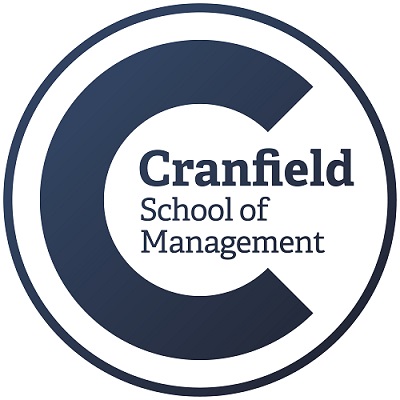- Behaviour
10 Ways Mindfulness Makes Better Meetings
Focus clearly to make more effective contributions
We have all experienced boring, indecisive, or argumentative meetings. But this should not put us off. Research by Dr Andrey Pavlov and Dr Jutta Tobias from the Cranfield Centre for Business Performance found that, run well, meetings can be one of the most powerful tools managers have.
However to be run well, participants should be encouraged to employ some of the techniques of ‘mindfulness’ to help them focus clearly and make more effective contributions. With heads typically buzzing with a thousand things these techniques ensure attention is focused in a purposeful way on the specific issues in hand and on what is happening throughout the meeting.
“Mindfulness techniques enable people to be aware of the present moment without reacting too quickly to information. This allows new perspectives and innovative ways of doing things to be explored before making a decision. At its core, mindfulness is ‘engaged awareness’.”
To get to this happy state, the chair of a meeting needs to lead participants into a ‘mindful space’ and Pavlov and Tobias identify ten steps that a chairperson can take to ensure everyone in their meeting engages effectively. In an article in the recent edition of Management Focus they explain these steps.
1. Encourage openness - Everyone at the meeting should be encouraged to speak up and to speak openly without worrying about the repercussions of what they say. Personal criticism should be banned.
2. Establish trust - Individuals will share information and views more openly if everyone at the meeting knows and trusts each other. Avoid including unexpected/uninvited people as this will inhibit openness.
3. Ensure physical comfort - Physical sensations are interpreted by people as feelings which in turn influence their thoughts and decisions; so physical comfort is essential.
4. Ensure diversity of views - To avoid the danger of ‘groupthink’, try to ensure a range of backgrounds, perspectives and functions are represented.
5. Allow expression of emotions - Mindfulness cannot emerge when emotions are explicitly or implicitly discouraged. It should be agreed upfront that reasonable ‘venting’ of emotions is allowed.
6. Meet face-to-face - Try to avoid teleconferencing if possible and encourage people to speak directly to each other in person. Face-to-face contact is a powerful anchor which fosters commitment.
7. Respect people’s limited attention span - Attention is a key to mindfulness and it is limited. For people to be focused and fully engaged meetings should be kept brief and varied in format, with breaks and refreshments when needed.
8. Maintain personal focus - The chairperson is the focus of everyone's attention and what they say or do has an enormous impact on the mindfulness of the group. The chair needs to maintain personal presence, stay for the full length of the meeting and clarify the structure of the meeting when needed.
9. Allow new ideas and priorities to emerge - Mindfulness thrives on the present moment. Avoid referencing how things were viewed in the past, stay involved in discussions as they unfold and don’t resist the emergence of new priorities. The most effective and actionable decisions are made when the meeting focuses on the ‘right here, right now’.
10. Shape the structure of the meeting - It is important for the chairperson to shape the structure and purpose of the meeting as it unfolds; and stay alert to keep it on track. This enables everyone else to focus on the present moment.
Although this may all seem rather obvious, experience reminds us how rarely chairpersons actually follow these simple but essential steps.
The Management Focus article is a precursor the forthcoming Mindfulness at Work Conference being run at Cranfield on 23 September. This event brings together a range of experts and practitioners to look at the ways mindfulness can increase personal effectiveness and performance at work and improve leadership in organizations.
Illustration: A meeting of doctors at the university of Paris. From a medieval manuscript of ‘Chants royaux’, c.1540. Bibliothèque Nationale, Paris
Further Information

About the Mindfulness at Work Conference - 23 September
ARTICLES YOU MIGHT LIKE
RESEARCH
LBS and ESMT study identifies the danger of citing information based on the ‘gist’ of the truth rather than the ‘literal’ truth
DEVELOPING LEADERS QUARTERLY MAGAZINE AND WEEKLY BRIEFING EMAILS


































